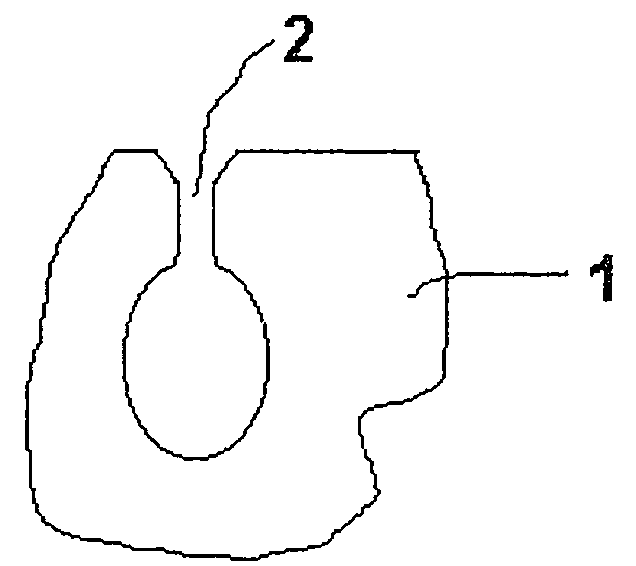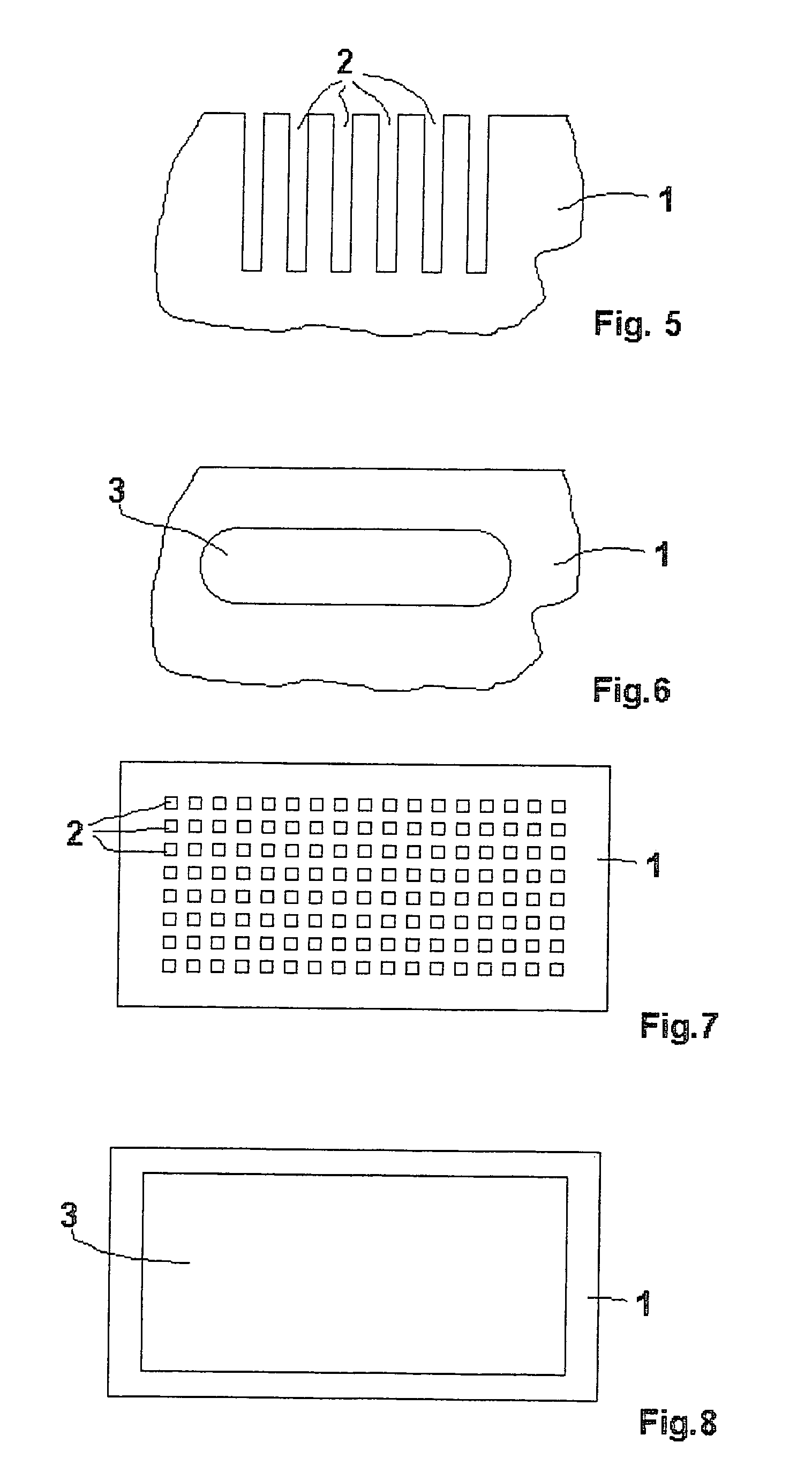Method for producing micromechanic sensors and sensors produced by said method
a micromechanical sensor and manufacturing method technology, applied in the direction of fluid pressure measurement, fluid pressure measurement by electric/magnetic elements, instruments, etc., to achieve the effect of reliable production, sufficient mobility of silicon atoms on the substrate, and simple manufacturing method of micromechanical sensors
- Summary
- Abstract
- Description
- Claims
- Application Information
AI Technical Summary
Benefits of technology
Problems solved by technology
Method used
Image
Examples
Embodiment Construction
[0011]A process sequence elucidating the method of the present invention is shown in FIGS. 1 through 4. Shown in FIG. 1 is a cross-section of a silicon substrate 1, into which an opening 2 is introduced. Opening 2 takes the form of a long, thin, blind hole, which typically has a diameter of less than 1 μm and extends more than 1 μm into the depth of silicon substrate 1. Silicon substrate 1 is, in particular, a monocrystalline silicon substrate. Such openings may be produced by reactive ion etching, i.e. irradiating the surface of silicon substrate 1 with ions of a gas, which form a gaseous chemical compound with the silicon material. Usually, the part of the surface of silicon substrate 1 that should not be etched is protected by a masking of, for example, silicon oxide, silicon nitride, metals, or glass layers. A purely ablative, plasma-etching method may also be used as an alternative.
[0012]Silicon substrate 1, whose cross-section in shown in FIG. 1, is then subjected to a tempera...
PUM
| Property | Measurement | Unit |
|---|---|---|
| temperature | aaaaa | aaaaa |
| temperature | aaaaa | aaaaa |
| depth | aaaaa | aaaaa |
Abstract
Description
Claims
Application Information
 Login to View More
Login to View More - R&D
- Intellectual Property
- Life Sciences
- Materials
- Tech Scout
- Unparalleled Data Quality
- Higher Quality Content
- 60% Fewer Hallucinations
Browse by: Latest US Patents, China's latest patents, Technical Efficacy Thesaurus, Application Domain, Technology Topic, Popular Technical Reports.
© 2025 PatSnap. All rights reserved.Legal|Privacy policy|Modern Slavery Act Transparency Statement|Sitemap|About US| Contact US: help@patsnap.com



